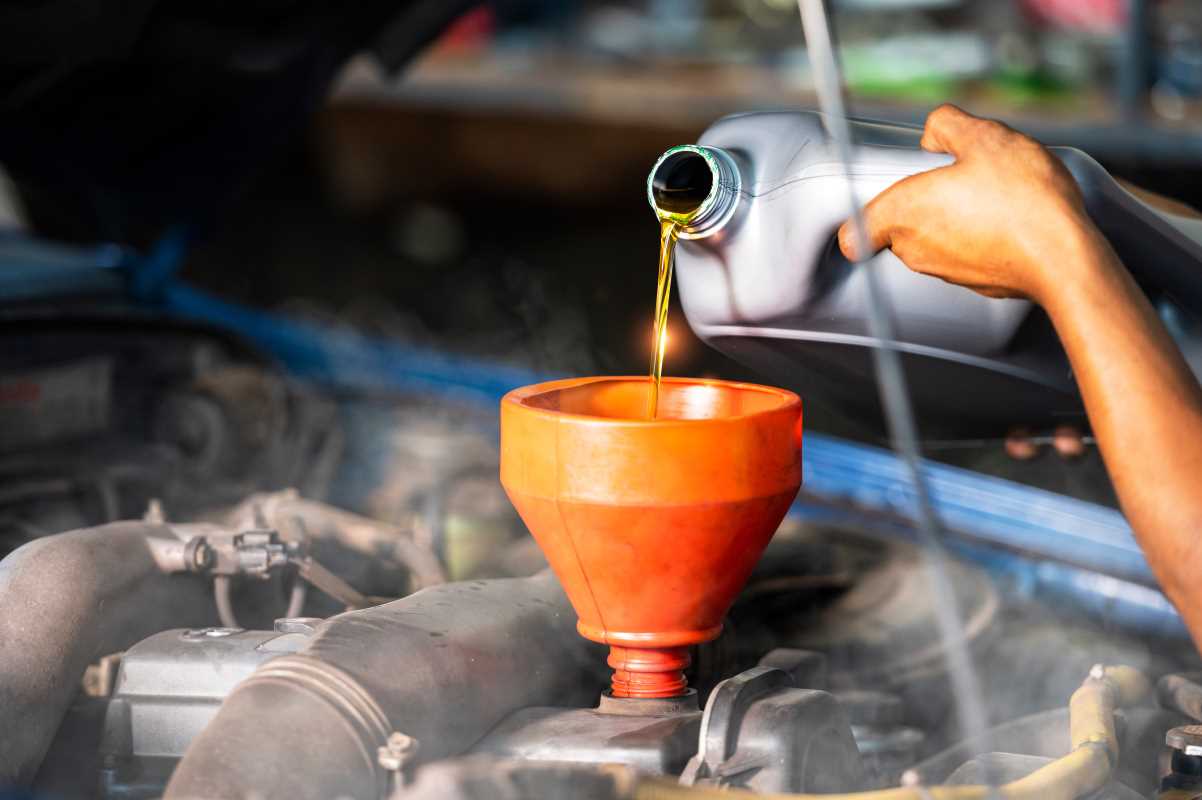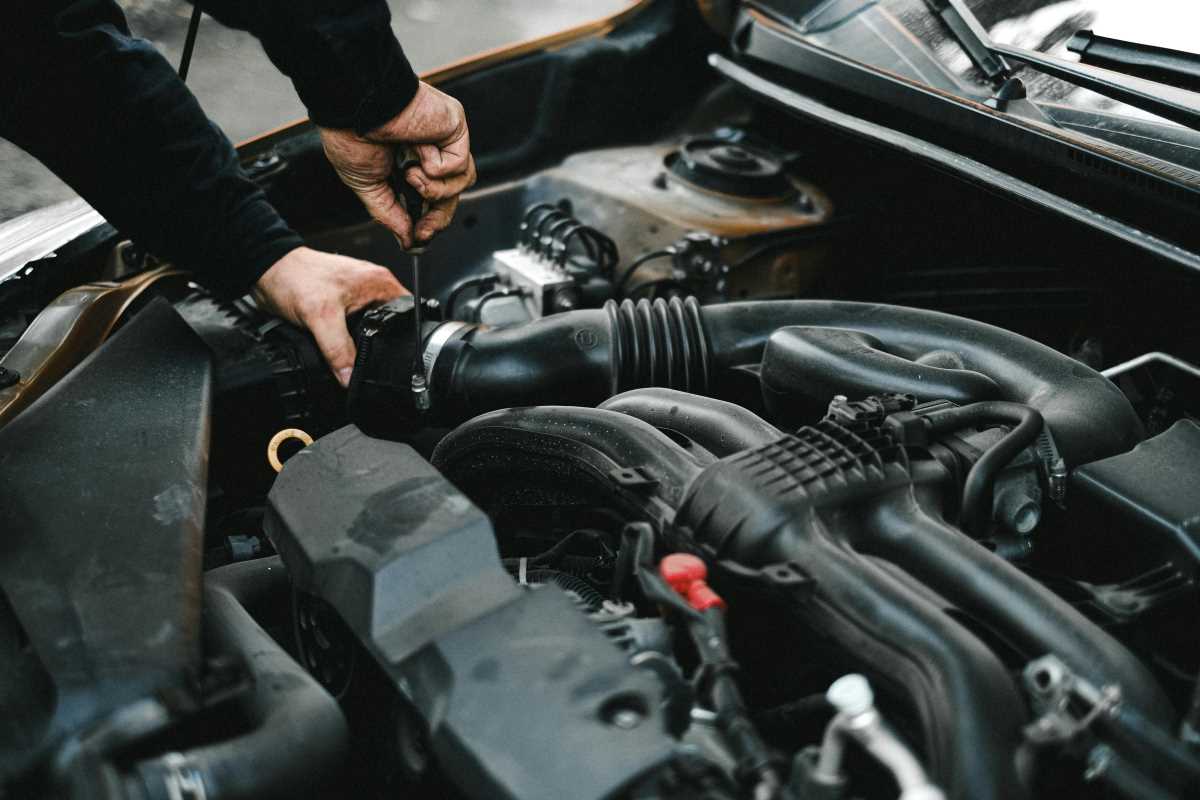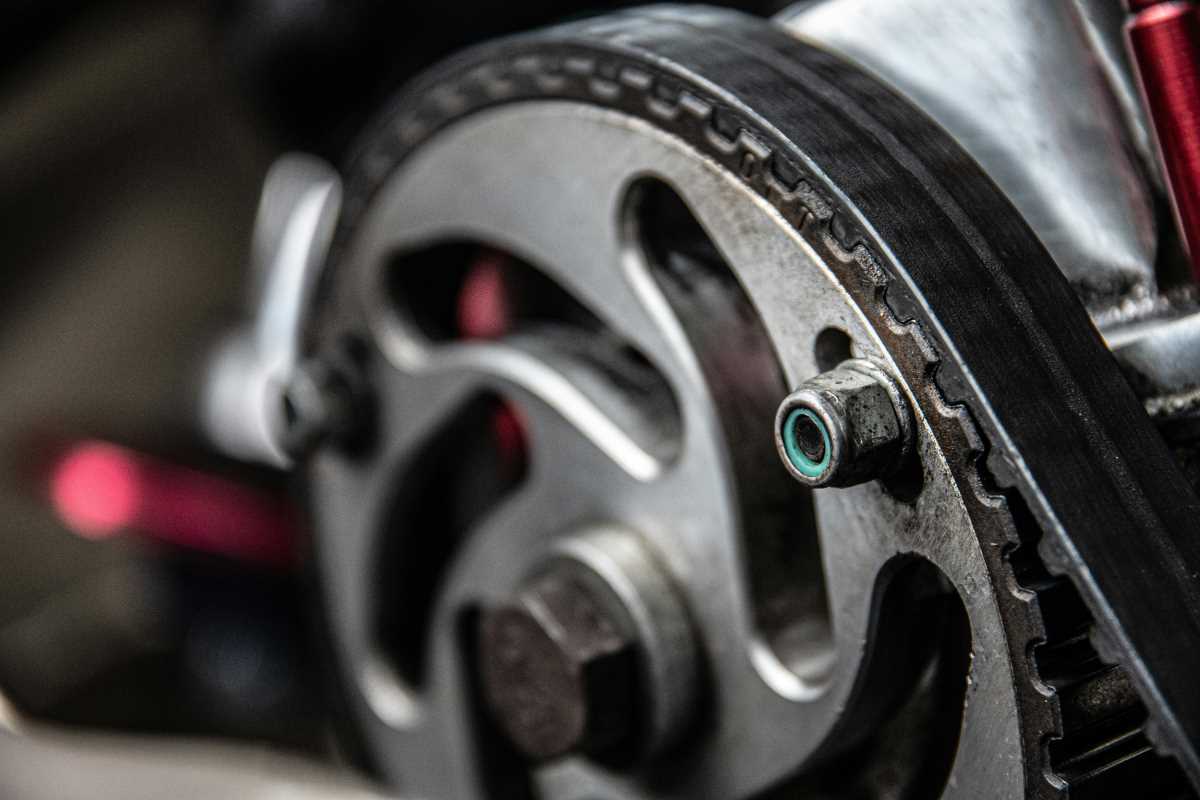Poor fuel efficiency can be frustrating and expensive, especially when it seems like you’re filling up at the pump more often than usual. Fuel economy declines can happen for a variety of reasons, ranging from simple maintenance oversights to mechanical issues. This FAQ guide highlights the most common culprits affecting your car’s gas mileage, how to spot them, and what to do about them.
Are Your Tires Underinflated?
Underinflated tires are one of the most overlooked causes of poor fuel efficiency.
- Why it happens:
- If your tires don’t have enough air pressure, they create more rolling resistance. This means the engine has to work harder to keep the car moving, burning more fuel.
- Symptoms:
- Tires look visibly soft or saggy.
- Your car feels sluggish, especially during acceleration.
- You need to refuel more often despite consistent driving habits.
- How to check:
- Use a tire pressure gauge to measure the air pressure in each tire. Compare the readings to the recommended PSI listed in your car’s owner’s manual or on the sticker inside the driver’s door.
- What to do:
- Inflate your tires to the correct pressure. Make checking your tire pressure a monthly habit and don’t forget to inspect the spare tire, too.
Pro Tip: Properly inflated tires not only save fuel but also last longer and improve handling.
Is Your Air Filter Clogged?
A dirty or clogged air filter can restrict airflow to the engine, reducing its efficiency and lowering your gas mileage.
- Why it happens:
- Over time, debris, dust, and dirt accumulate in the air filter, obstructing airflow. This forces the engine to work harder to draw in air for combustion.
- Symptoms:
- Reduced engine performance, especially during acceleration.
- Black smoke from the exhaust (in severe cases).
- Poor gas mileage despite regular driving habits.
- How to check:
- Open the air filter housing (usually located under the hood) and inspect the filter. If it looks dirty, dark, or clogged with debris, it needs to be replaced.
- What to do:
- Replace the air filter at regular intervals, typically every 12,000 to 15,000 miles. If you frequently drive on dusty roads, you may need to replace it more often.
Pro Tip: Replacing a clogged air filter can improve fuel efficiency by up to 10%.
Are You Using the Wrong Motor Oil?
Using motor oil that isn’t recommended for your vehicle can negatively affect engine performance and fuel economy.
- Why it happens:
- Thicker or heavier oil than specified by the manufacturer causes more friction inside the engine, making it less efficient and consuming more fuel.
- Symptoms:
- Reduced fuel efficiency after an oil change.
- A sluggish feel when accelerating or maintaining speed.
- How to check:
- Refer to your owner’s manual for the recommended oil viscosity and type for your vehicle. Examine invoices or receipts from oil changes to ensure the correct oil was used.
- What to do:
- If the wrong oil was used, replace it with the correct type at your next oil change. Make sure to check the grade and certifications before purchasing oil.
Reminder: Always use high-quality, manufacturer-recommended oil to ensure optimal engine performance and fuel economy.
Do You Have a Faulty Oxygen Sensor?
Your car’s oxygen sensor monitors the amount of unburned oxygen in the exhaust and communicates with the engine control unit (ECU) to adjust the air-fuel mixture. A faulty sensor can cause the engine to run inefficiently.
- Why it happens:
- Over time (usually after 60,000–100,000 miles), oxygen sensors can wear out or get coated in soot, causing inaccurate readings and inefficient combustion.
- Symptoms:
- Poor fuel efficiency.
- A rough idle or misfiring engine.
- Check Engine light illuminated on the dashboard.
- How to check:
- Use an OBD-II scanner to read engine codes. Codes related to the oxygen sensor include P0130 through P0140, depending on your car’s make and model.
- What to do:
- Replace the faulty oxygen sensor. A functioning sensor can improve fuel economy by as much as 40% if it was the primary cause of inefficiency.
Pro Tip: Prevent sensor clogs by ensuring regular engine maintenance and using high-quality fuel.
Are You Overloading Your Vehicle?
Excessive weight from cargo or unnecessary items in your car can reduce fuel efficiency.
- Why it happens:
- The heavier your car, the harder the engine has to work to accelerate and maintain speed, burning more fuel in the process.
- Symptoms:
- Noticeably reduced fuel economy during trips with heavy loads.
- Sluggish acceleration or performance, especially uphill.
- How to check:
- Remove unnecessary items from your trunk and backseat. Check if the weight distribution or quantity of stored items might be affecting performance.
- What to do:
- Lighten the load by removing non-essential cargo. If you frequently carry heavy items, consider using a trailer or roof rack designed to distribute weight efficiently.
Pro Tip: Every extra 100 pounds of weight can reduce mileage by about 1%.
Do You Have Misaligned Wheels?
Misaligned wheels create additional resistance, which can increase fuel consumption.
- Why it happens:
- Wheels can become misaligned from hitting potholes, curbs, or simply from normal wear and tear over time.
- Symptoms:
- The car pulls to one side when driving straight.
- Uneven or excessive tire wear.
- A vibrating steering wheel at higher speeds.
- How to check:
- Have your wheel alignment inspected during regular maintenance. Mechanics often catch alignment problems during tire rotations or balance checks.
- What to do:
- Schedule a professional wheel alignment if your tires or steering don’t feel right. Proper alignment reduces fuel consumption and prevents premature tire wear.
Pro Tip: Check your alignment at least once a year or after driving on rough roads.
Are You Idling Too Long?
Extended idling wastes fuel without adding mileage to your trip.
- Why it happens:
- While your car’s engine burns fuel efficiently at highway speeds, idling or stop-and-go traffic leads to poor efficiency since the engine is running but the car isn’t moving.
- Symptoms:
- Increased need for refueling after prolonged idle-heavy trips.
- Lower real-world mileage compared to highway MPG estimates.
- How to check:
- Pay attention to how long you leave your engine running while parked, warming up, or sitting in traffic.
- What to do:
- Avoid idling whenever possible. For longer stops (more than 30 seconds), consider turning off your engine to save fuel.
Reminder: Many modern cars are equipped with Start/Stop technology that automatically shuts off the engine at stops to improve fuel efficiency.
Is Your Driving Style Affecting Fuel Economy?
Aggressive driving can have a major impact on your gas mileage.
- Why it happens:
- Hard acceleration, rapid braking, and speeding consume more fuel because they require your car to use more energy than steady driving.
- Symptoms:
- Lower mileage during urban driving or traffic-heavy commutes.
- Poor fuel economy when frequently driving at high speeds.
- How to check:
- Compare your driving habits to recommended fuel-saving techniques like gentle acceleration and maintaining steady speeds.
- What to do:
- Adopt eco-driving strategies, such as accelerating gradually, maintaining consistent speeds, and anticipating stops to brake gently.
Pro Tip: Use cruise control on highways to maintain a steady speed and save gas.
When Should You Seek Professional Help?
If you’ve tried addressing these common issues but are still experiencing poor fuel efficiency, it’s time to have a professional inspect your car. A mechanic can:
- Diagnose less obvious problems like fuel injector clogs or engine misfires.
- Calibrate the ECU for better fuel management.
- Perform a full inspection of the air, fuel, and exhaust systems.
Reminder: Regular maintenance is the best way to keep your car running efficiently and save money at the pump.
 (Image via
(Image via





